Founded in 2007, the Pentawards have become a fixture in the packaging industry calendar. This year’s round of the annual competition closed its doors to nominations at the start of April. Adam Ryan, who heads up Pentawards, looks at the trends that have come to the fore so far this year.
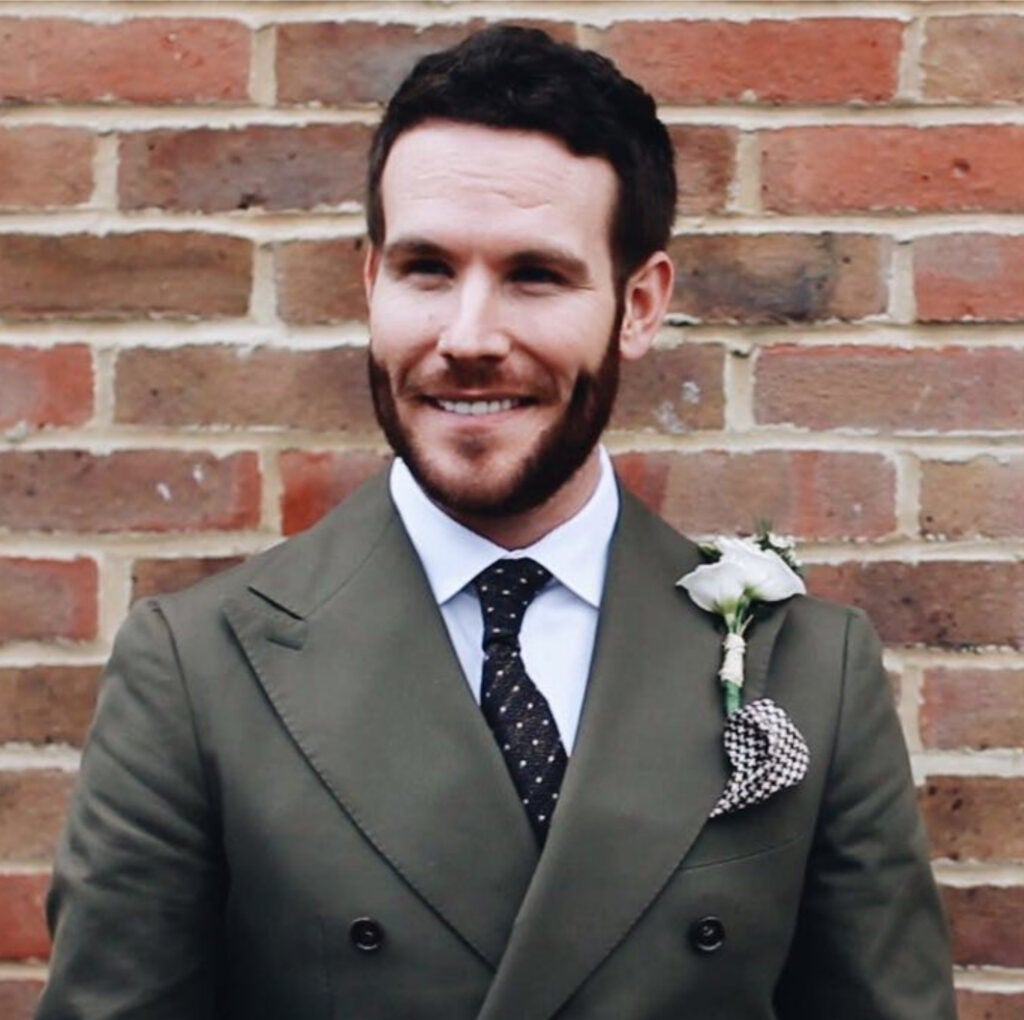
Sophisticated sustainability
Sustainability is no longer a ‘nice to have’, with packaging designers playing an increasingly pivotal role, thanks to their ability to find solutions to the practical challenge while also appealing to consumers and reflecting a brand’s ethos. We are seeing a rapid sophistication of sustainable packaging design, moving on from recycled cardboard and green/brown colour palettes to incorporate luxury design cues and more sophisticated materials.
Brands are also seeing the marketing benefit of switching to more sustainable packaging as consumers increasingly want to engage with brands that actively show their eco-credentials. The flipside of this is avoiding green-washing at all costs.
The ‘Sustainable Design’ panel have spotted a trend for brands making their sustainability credentials as obvious and transparent as possible through packaging design. It’s an approach that tells the consumer in no uncertain terms that a particular product is the right choice for a sustainable future. Examples include vegan washing detergent brand OceanIQ made from 100% recycled fishnets retrieved from oceans worldwide, Other examples include Absolut’s ‘Paper Bottle’ prototype, which is made from 57% sustainably sourced wood fibres and 43% recycled PET, and Evian’s ‘No Label’ bottle, created from 100% rPET with the Evian logo embossed directly onto the bottle.
Designing for accessibility and inclusivity
In line with inclusivity developments across the wider society, it’s been good to see designers increasingly address the needs of people with disabilities in their packaging designs. One great example from last year’s awards includes ready-to-drink coffee brand Only For Your Eyes which has been developed exclusively in Braille from screen-printed ink and varnish. Not only does this put the experience of blind people at the heart of the design, but it also raises awareness of blindness amongst consumers encountering the product who are not blind themselves.
Another good example is the packaging for Microsoft’s Xbox Adaptive Controller, which won the Diamond award in 2019. Designed for gamers with limited mobility, each element of the packaging and unboxing experience has accessibility front of mind. Key elements that were incorporated include loops, which are highly proven levers to assist in accessibility, and an open cavity area under the controller, making it easier to remove the controller from the box.
Despite these positive developments, it’s worth remembering that disabled people account for approximately 1bn people in the world – that’s 15% of the population. We need to see more brands and designers addressing the needs of people with disabilities in their designs.
Harnessing the potential of connected packaging
Connected packaging allows consumers to find out more about the brand, the product, its manufacturing process and how to recycle it, as well as connect to digital content. In some cases, it also means less information needs to be crammed onto the packaging, allowing it to have even more impact in the consumer’s hands. However, most importantly, it turns packaging into a door through which to enter the world of the brand.
One of our favourite examples is from Treasury Wine Estates. The group built one of the fastest-growing wine brands – 19 Crimes – through packaging and Social Media alone. The first winery to use augmented reality to bring their packaging to life, consumers are able to scan the label for augmented reality experiences that bring the wine – and the story behind it – to life. Treasury also partnered with Snoop Dogg to create ‘Snoop Cali Red’, a wine with packaging that enables the artist to come to life in the consumer’s home!
With innovations such as these, it’s not hard to see how packaging could become the most powerful brand owned media-asset to reach consumers.
E-commerce-first packaging
Optimising packaging for e-commerce continues to be a major trend, which has been accelerated by the pandemic. Many brands now rely on their e-commerce platforms to bring in sales and Social Media channels have become the new shopfronts. As a result, packaging design is being made to work for the digital shelf rather than just the physical one. Moet Hennessy launched Eminente Reserva rum in 2020 exclusively online. The packaging uses a wide variety of hues and textures which shine in digital and Social Media, and also has a variety of strong sustainability and provenance credentials, allowing the brand to tell rich stories through online marketing.
Putting social issues first
Packaging designs that raise awareness for important social issues such as mental health are also on the rise. The top winning Student work from last year’s competition went to Special One soda, which uses its packaging to reduce the stigma of mental health conditions among young people. On the back, you can read general information about the disease and find out the first symptoms. The packaging also features augmented reality, through which consumers can learn more about the condition or take an online test.
The way this project transforms packaging from a mere vessel into a platform for social change or to raise awareness is becoming more popular. Last year’s Pentaward-winning packaging for menswear brand FRAHM did a similar thing to raise awareness of mental health amongst the male population.
This year’s Pentawards will be announced in July.

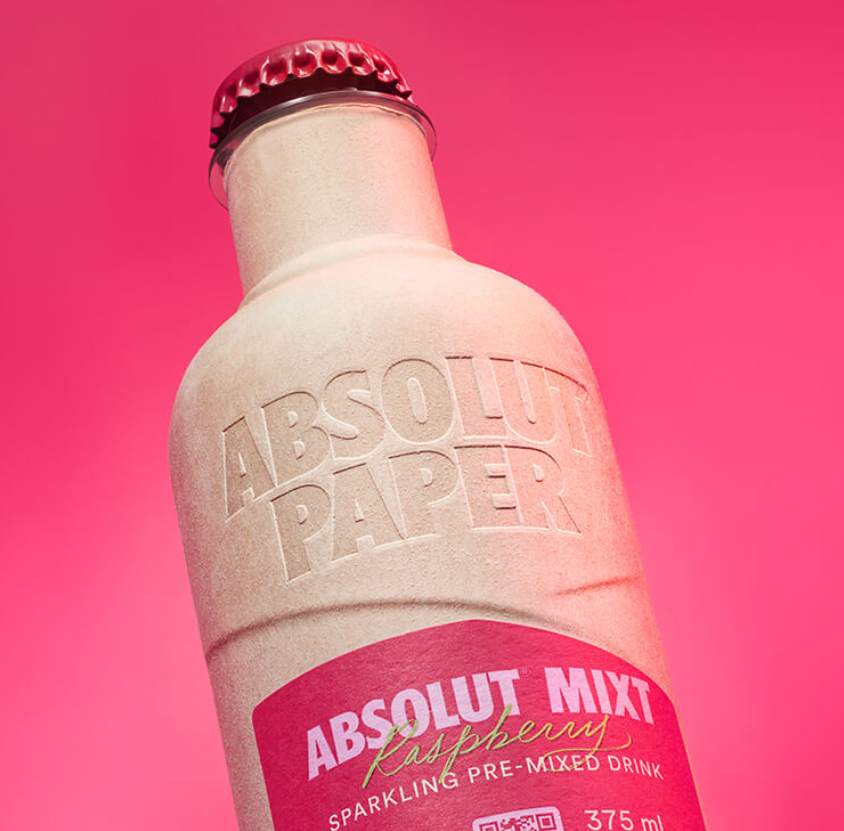

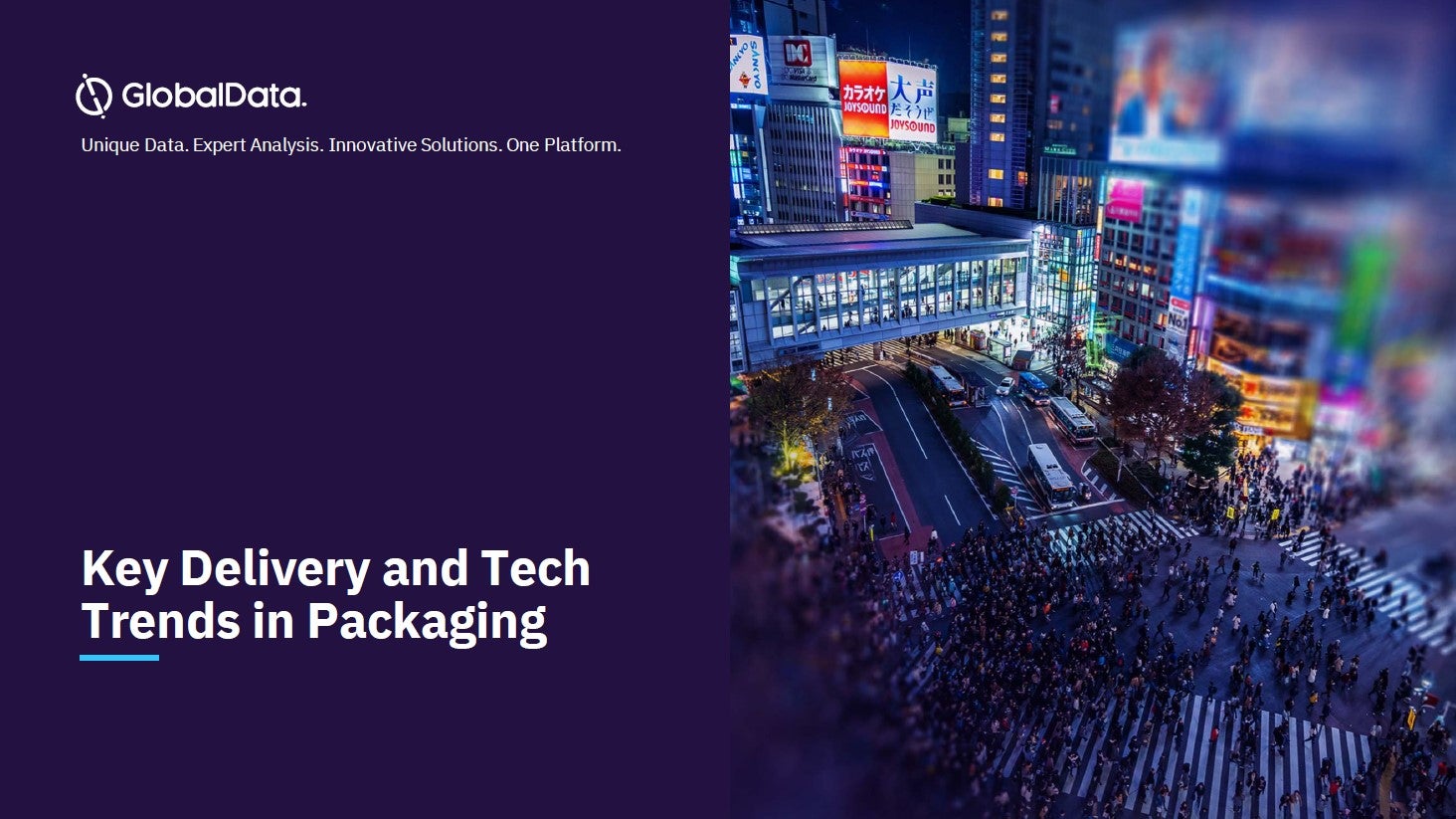

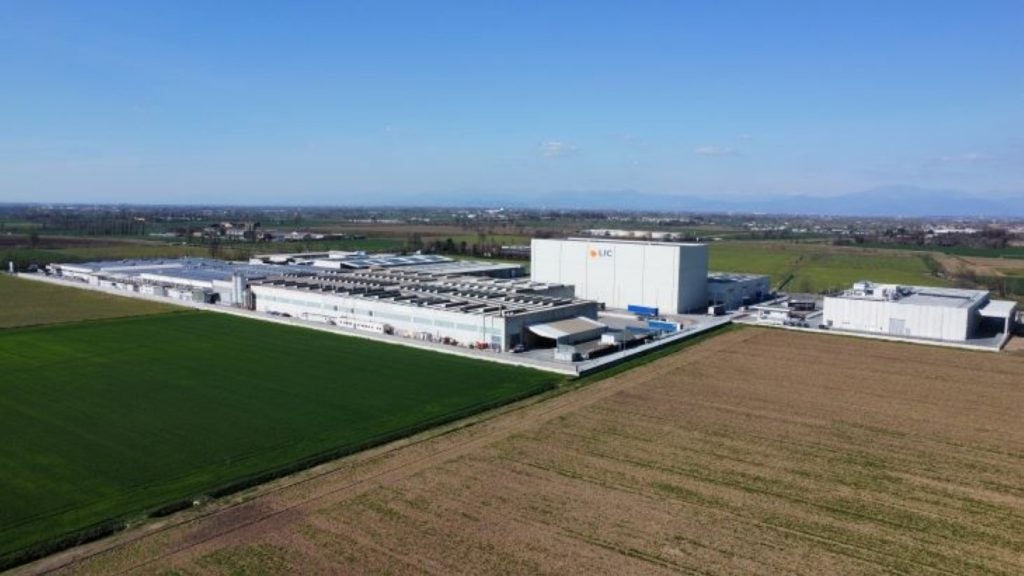
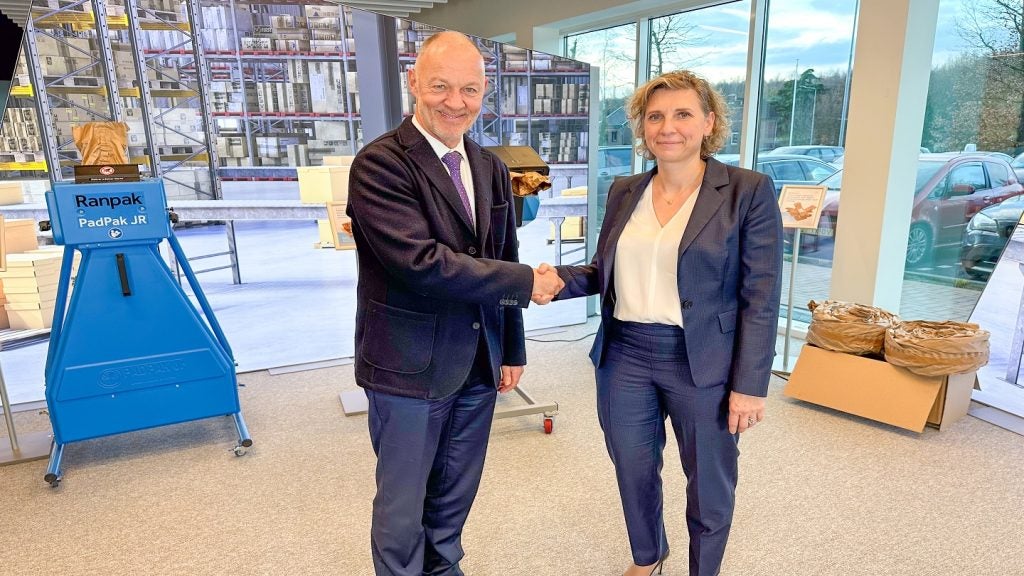
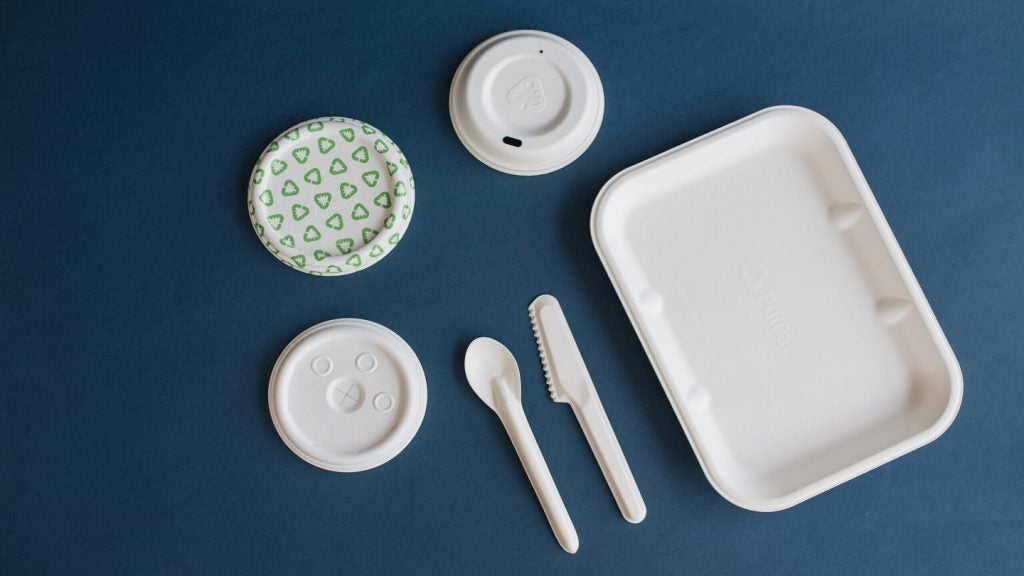


Related Company Profiles
Microsoft Corp
Treasury Wine Estates Ltd